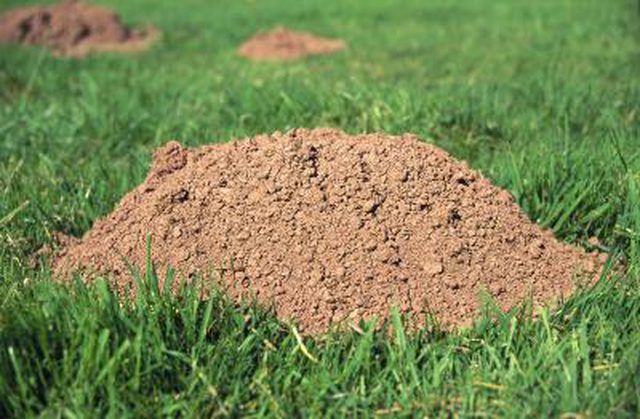Bulbs
Flower Basics
Flower Beds & Specialty Gardens
Flower Garden
Garden Furniture
Garden Gnomes
Garden Seeds
Garden Sheds
Garden Statues
Garden Tools & Supplies
Gardening Basics
Green & Organic
Groundcovers & Vines
Growing Annuals
Growing Basil
Growing Beans
Growing Berries
Growing Blueberries
Growing Cactus
Growing Corn
Growing Cotton
Growing Edibles
Growing Flowers
Growing Garlic
Growing Grapes
Growing Grass
Growing Herbs
Growing Jasmine
Growing Mint
Growing Mushrooms
Orchids
Growing Peanuts
Growing Perennials
Growing Plants
Growing Rosemary
Growing Roses
Growing Strawberries
Growing Sunflowers
Growing Thyme
Growing Tomatoes
Growing Tulips
Growing Vegetables
Herb Basics
Herb Garden
Indoor Growing
Landscaping Basics
Landscaping Patios
Landscaping Plants
Landscaping Shrubs
Landscaping Trees
Landscaping Walks & Pathways
Lawn Basics
Lawn Maintenance
Lawn Mowers
Lawn Ornaments
Lawn Planting
Lawn Tools
Outdoor Growing
Overall Landscape Planning
Pests, Weeds & Problems
Plant Basics
Rock Garden
Rose Garden
Shrubs
Soil
Specialty Gardens
Trees
Vegetable Garden
Yard Maintenance
How to Find Gopher Tunnels
How to Find Gopher Tunnels. Pocket gophers are the most common type of gopher found in the garden and are an average of six to10 inches long, equipped with powerful forequarters made for digging tunnels. Your first step in locating and eradicating gophers is to find their main burrow so you can set traps or baits next to them in active tunnels. A...

Pocket gophers are the most common type of gopher found in the garden and are an average of six to10 inches long, equipped with powerful forequarters made for digging tunnels. Your first step in locating and eradicating gophers is to find their main burrow so you can set traps or baits next to them in active tunnels. A single gopher may create several burrowing mounds a day, so locating the main burrow can be tricky. You can locate gopher tunnels and burrows by careful examination of your yard and garden area.
Things You'll Need
Gopher probe
Search your yard for mounds of soil—these are often indicative of gopher tunnels and sometimes, a main burrow. Mounds from gophers are shaped like a crescent moon or horseshoe when looked at from directly above the burrow.
Check to see if the hole to the side of the mound is lightly plugged with earth, as is usually the case with gopher mounds. You may have more luck discovering an open hole early in the mornings, as they are usually plugged later in the day.
Look for moist, fresh soil if you find there are numerous mounds and are confused at to which ones contain active tunnels. Gopher feeding burrows are usually located six inches to almost one foot under the ground.
Purchase a gopher probe or fashion one from a long pipe or metal rod. If you make your own, add something sturdy such as a small piece of metal on the shaft end to slightly enlarge the tip end to make probing the surrounding areas easier.
Use the probe to dig into the earth 6 to 12 inches deep, approximately 8 to 12 inches on the opposite side of the hole or plugged opening of the mound. This will help you to locate the active tunnels off of the main burrow. When you locate the main burrow, you will notice a sudden drop of the probe of approximately two inches.
Keep poking around until you find the main burrow, it may take a bit of time. Once you have located it you can find the best tunnels to locate your traps or bait.
Tips & Warnings
Gophers do not hibernate and feed year-round, so you may not see fresh soil next to a burrow.
Mole mounds are easy to confuse with gopher holes, but are more circular in shape and are mounded much like a volcano when viewed from the side. Moles burrow just under the surface while gopher burrows are much deeper.
Gophers are extremely destructive and can eat large amounts of garden vegetation in a short amount of time. It is estimated that on a single acre, 15 to 22 gophers can consume or store close to four pounds of vegetation daily.